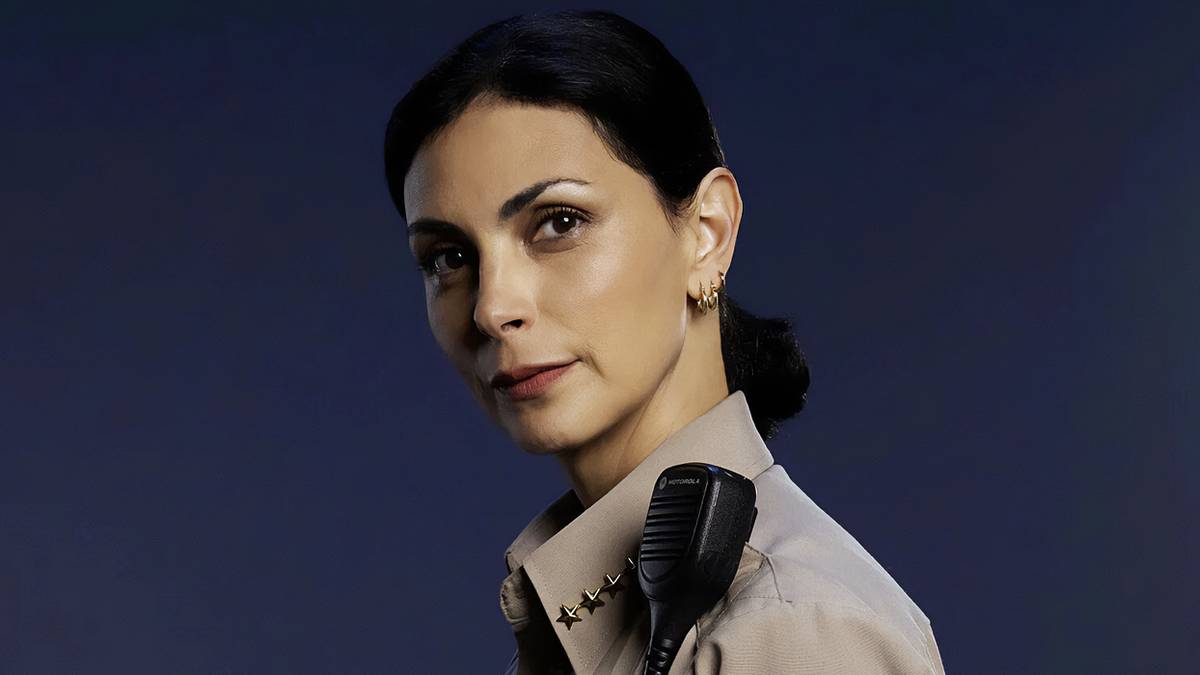Taylor Swift's New Album Unveils 'Eldest Daughter Syndrome': 12 Expert-Backed Signs Revealed!

The concept of 'Eldest Daughter Syndrome' has gained significant traction, popularized by both viral TikTok discussions and even a poignant song on Taylor Swift’s latest album, The Life Of A Showgirl. While not an official clinical diagnosis found in the Diagnostic and Statistical Manual of Mental Disorders (DSM-5), this phrase effectively articulates the unique pressures, responsibilities, and emotional labor often placed upon the oldest daughter in a family. According to Kati Morton, LMFT, a licensed marriage and family therapist, eldest daughters frequently take on a disproportionate share of household chores and emotional support for their siblings, often falling into a 'parentified' role. This recognition helps many oldest children validate the stressful feelings they experienced during childhood and beyond.
Birth order, though subject to stereotypes, undeniably influences a child’s development. Traditional views suggest eldest siblings are often responsible, anxious, and high-achieving, while middle children can be rebellious, and youngest children are charming and outgoing. Marianna Strongin, PsyD, a licensed clinical psychologist, notes that first-time parents typically raise their eldest children with heightened attentiveness and protection, often coupled with elevated expectations. Eldest children are frequently encouraged to set a positive example for younger siblings, leading to increased stress and a sense of responsibility for their siblings' well-being. This high standard can also instill a fear of failure, driving immense pressure to succeed academically, financially, and professionally, as explained by Morton. In contrast, younger siblings often experience more freedom, fostering creativity and independence, while middle children may feel overlooked as parents tend to loosen their strictness with subsequent children, sometimes leading to resentment from the eldest.
Eldest Daughter Syndrome manifests in various ways, often characterized by a distinct set of behaviors and feelings. Experts identify signs such as feeling overly responsible for others, exhibiting people-pleasing tendencies, experiencing high anxiety and worry, and seeking external validation. Other indicators include resentment towards siblings or parents, difficulty establishing and maintaining personal boundaries, a ‘type-A’ personality driven by overachievement, and persistent feelings of guilt. Eldest daughters may also recall taking on a larger share of household duties during childhood, fearing repercussions for breaking rules, and feeling pressure to achieve traditional markers of success, such as marriage by a certain age, a high-paying career, or parenthood.
A critical aspect of Eldest Daughter Syndrome is 'parentification,' where eldest daughters assume parent-like responsibilities. Renee Solomon, PsyD, a psychologist, describes this as their childhood transforming into a role where they function more as a second or third parent than a child. Instead of typical age-appropriate chores, they might be tasked with babysitting, feeding, bathing, or even diapering younger siblings. In some instances, they could be asked to contribute to household finances, as noted by Morton, effectively taking on adult roles and responsibilities far beyond what is typical for their age.
These profound expectations and roles can lead to significant long-term effects in adulthood. Many eldest daughters experience burnout due to a lifetime of prioritizing others' needs over their own. They often struggle with setting and maintaining healthy boundaries in friendships, family relationships, and romantic partnerships. Strongin highlights the difficulty eldest daughters face in identifying their own desires and prioritizing themselves. Morton adds that saying no, even when exhausted or lacking time, can be incredibly challenging. Furthermore, eldest children may unconsciously gravitate towards younger individuals in their social and romantic circles, seeking familiar dynamics, but must be cautious not to perpetually adopt a purely supportive role, which can leave their own emotional needs unaddressed.
For those who resonate with Eldest Daughter Syndrome, several expert-recommended strategies can help alleviate the burden. Building a robust support system of friends and relationships where one's needs are genuinely honored is crucial, as feeling obligated to care for others is a core trait, according to Solomon. Therapy is highly beneficial, offering a space to recognize and break unhealthy patterns, process feelings, and develop effective boundaries and coping strategies. Morton suggests 'getting curious' through self-reflection and journaling about personal experiences and feelings related to family dynamics, which can be explored further with a therapist or trusted peers. Ultimately, if you identify as an eldest daughter, understand that you are not alone. While accustomed to a caretaking role, challenging yourself to prioritize your own needs is a vital step toward well-being, deserving of the same love and consideration you extend to others.
Recommended Articles
Celebrity Duo Gbemi & Toolz Spark Conversation On Sex And Pleasure

Gbemi and Toolz confront the silent topic of sex in a new episode of OffAir, joined by experts Harrison Tito and Olawunm...
Unmasking Hidden Health Threats: How To Spot Elusive Eating Issues

The article delves into the crucial distinctions between eating disorders and disordered eating, two often confused but ...
Stephen King's 'IT: Welcome to Derry' Finale: Stars Hint at a 'Well-Earned' Conclusion

The HBO series 'IT: Welcome to Derry' acts as a prequel to the 'IT' films, set in 1962, exploring Pennywise's origins th...
Hilaria Baldwin's Marriage Secret: Therapy Key to Enduring Union With Alec!

Hilaria Baldwin opens up about her marriage to Alec Baldwin, discussing the 26-year age gap, their use of therapy, and t...
Morena Baccarin Unpacks 'Sheriff Country' Character Mickey's Controversial Moral Code

In the new CBS series 'Sheriff Country,' Morena Baccarin stars as Sheriff Mickey Fox, a seasoned law enforcement officer...
You may also like...
Gaming World Mourns Loss of Call of Duty Co-Creator Vince Zampella

Vince Zampella, the co-founder of Infinity Ward and Respawn Entertainment, has died at 55 following a single-vehicle cra...
Foundery Launch: Kamath & Biyani Offer 25% Equity, Unveil Elite Mentor Lineup

Zerodha co-founder Nikhil Kamath and Future Group co-founder Kishore Biyani have launched The Foundery, a residential bu...
PRP Ignites Impeachment Fury Over Tinubu's Alleged Tax Law Scandal

The Peoples Redemption Party (PRP) has renewed its call for President Bola Tinubu's impeachment, accusing his administra...
Global Powers Clash: Russia and China Back Maduro as Trump Intensifies Venezuela Pressure

China and Russia have expressed solidarity with Venezuela as it confronts a US blockade of sanctioned oil tankers, inten...
Salah's Stoppage-Time Heroics: Egypt Secures Dramatic AFCON Win Against Zimbabwe

Mohamed Salah scored a dramatic injury-time winner as Egypt came from behind to beat Zimbabwe 2-1 in their Africa Cup of...
Ghana's Political Future on the Line: Sweeping Constitutional Reforms Proposed

Ghana's Constitution Review Committee has submitted groundbreaking proposals to President John Dramani Mahama, aiming to...
Tax Law Scandal: Mass Action Looms Amidst Allegations of Altered Legislation

, ...
AFCON Showdown: Super Eagles Prepare for Battle Against Tanzania

Nigeria's Super Eagles face Tanzania's Taifa Stars in their 2025 AFCON Group C opener. Despite being favorites, Nigeria ...